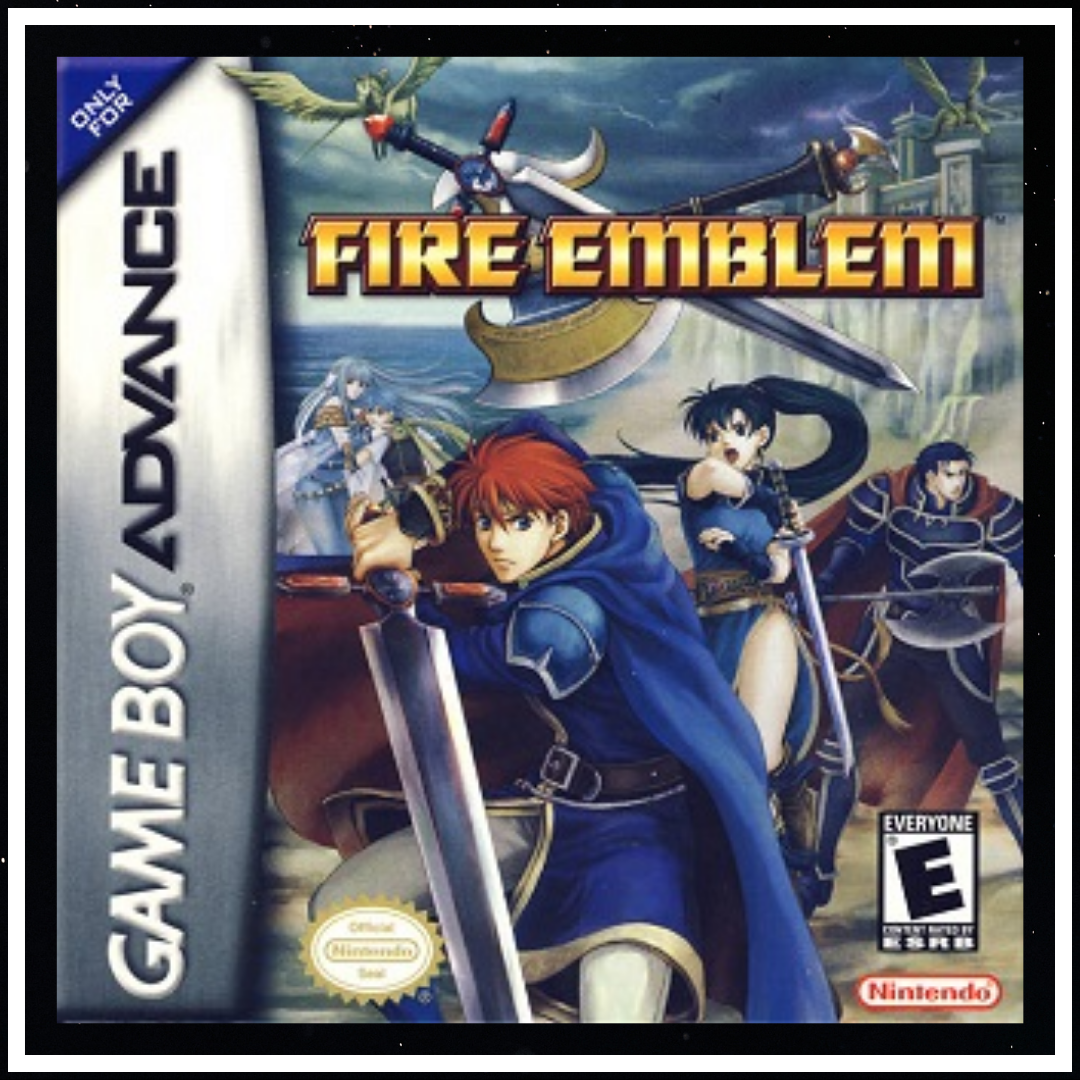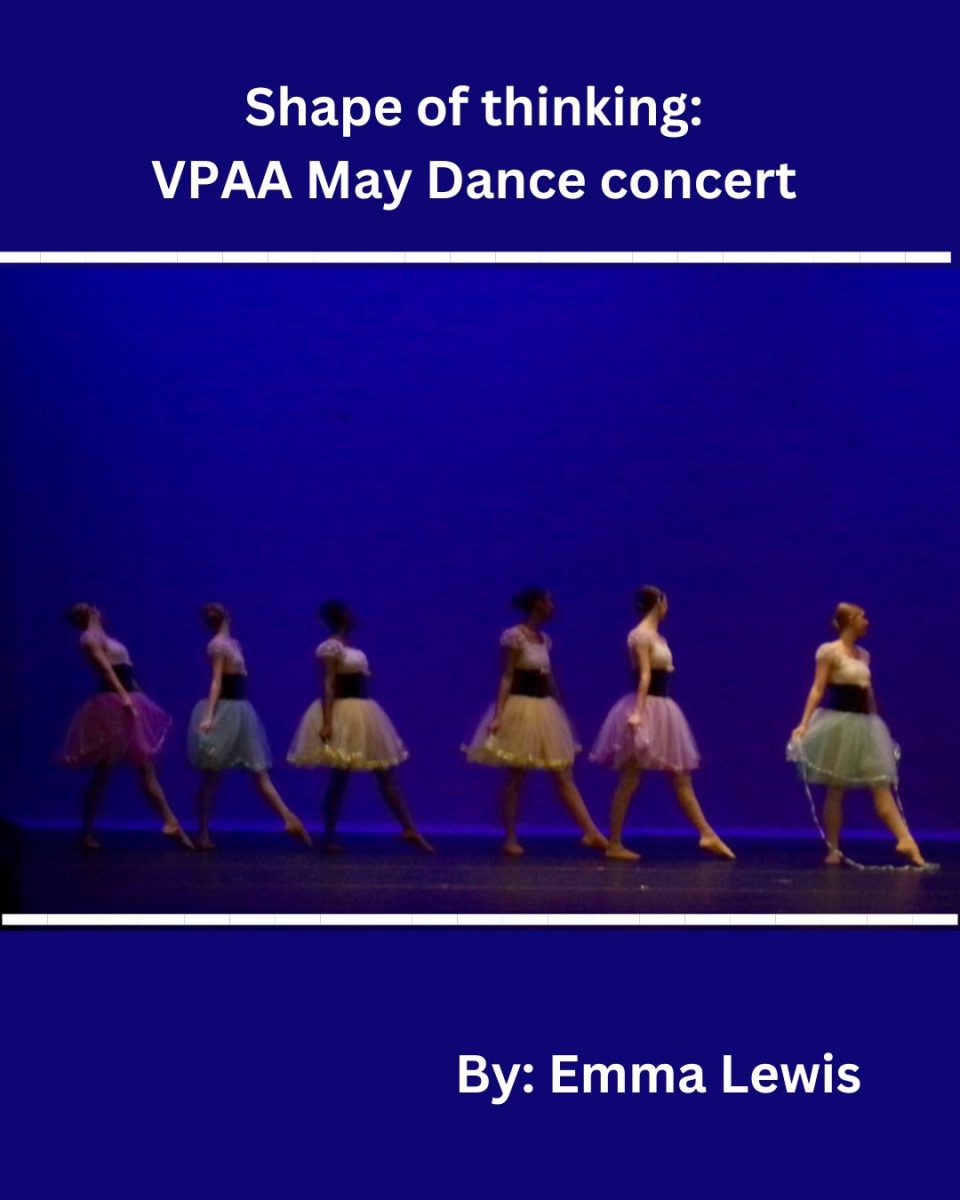Fire Emblem: The Blazing Blade (FE: TBB) has continued to stand as a masterpiece among other Fire Emblem titles, despite being released in 2003 on the Game Boy Advance. The game served as the first official “introduction” to the Fire Emblem series for players outside of Japan, which undoubtedly left a long-lasting impact on the handheld gaming community.
Much like its predecessors, FE: TBB falls under the tactical role-playing game (RPG) genre, focusing on engaging storylines (as engaging as they could get back then, at least), strategic depth, and memorable characters.
The story takes place on the continent of Elibe, where players journey to uncover various political conspiracies, monster threats, and their companions’ mysterious pasts. The storytelling in this game, while admittedly (and obviously) much simpler and watered down compared to newer Fire Emblem releases, surprisingly still features intricate character portrayals and interactions through elaborate dialogues. The game manages to balance character-driven moments as well as large-scale tactical battles, which to this day remains a staple in the Fire Emblem series.
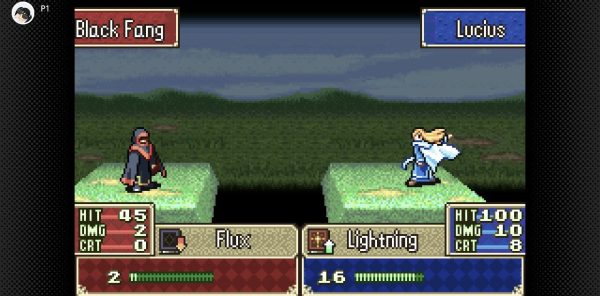
I believe FE: TBB’s greatest strength lies in its robust and straightforward gameplay. The tactical battles take place on grid-based maps and require thoughtful planning and consideration of different unit types, terrain, and the utilization of the weapon triangle system. In this system, swords beat axes, axes overpower lances, and lances out-range swords. This “hierarchy” system reinforces the need for strategy, encouraging players to choose their units and attacks carefully, which is surprisingly complex for a game released in 2003.
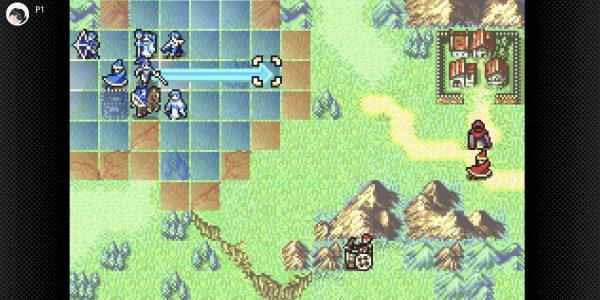
Aside from the gameplay itself, FE: TBB’s character roster was surprisingly diverse, with each unit having a unique personality, background, and skills relevant to their lore. The inclusion of yet another one of Fire Emblem’s hallmarks, permadeath, adds weight to player decisions, making each loss during a battle more meaningful.
While the game was decently paced, I did struggle on a few maps due to the permadeath mechanic, which encouraged me to think twice about my actions.
Graphically, there’s not much to say. The game is made up of vibrant, detailed sprite work, and the character portraits manage to convey emotion adequately. While the graphics aren’t anything to write home about, it is very nostalgic.
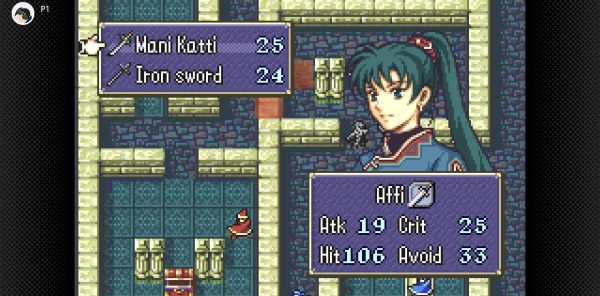
In conclusion, Fire Emblem: The Blazing Blade is a timeless classic that has undoubtedly stood the test of time. Its strategic depth and polished presentation make it a must-play for tactical RPG fans. The game not only serves as a fantastic entry point for Fire Emblem newcomers but also remains a gem amongst Game Boy Advance releases.
